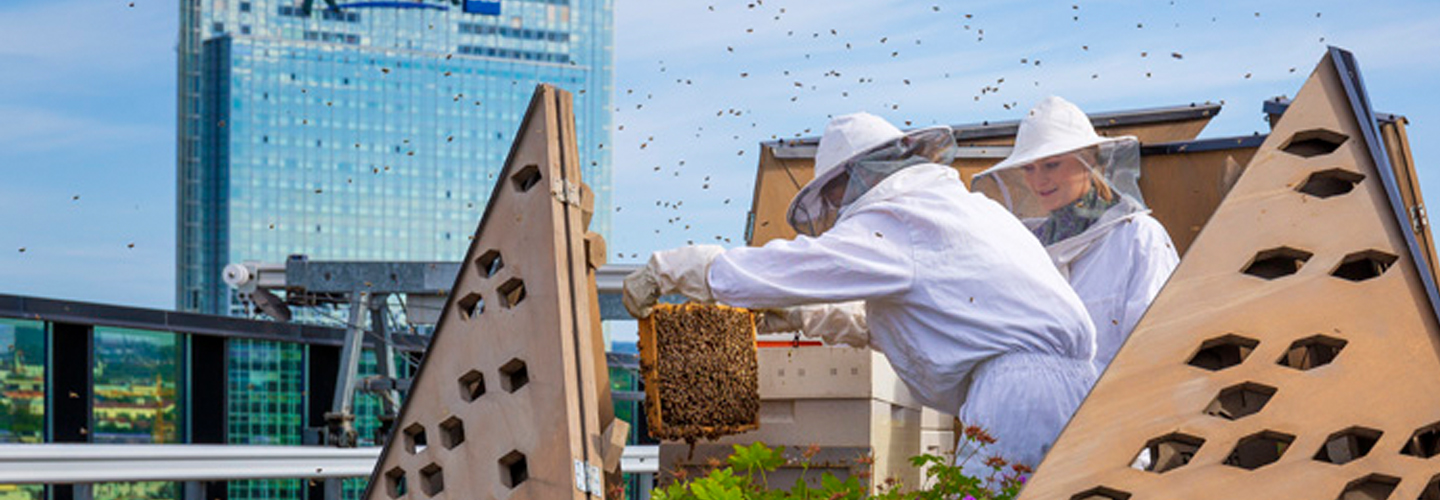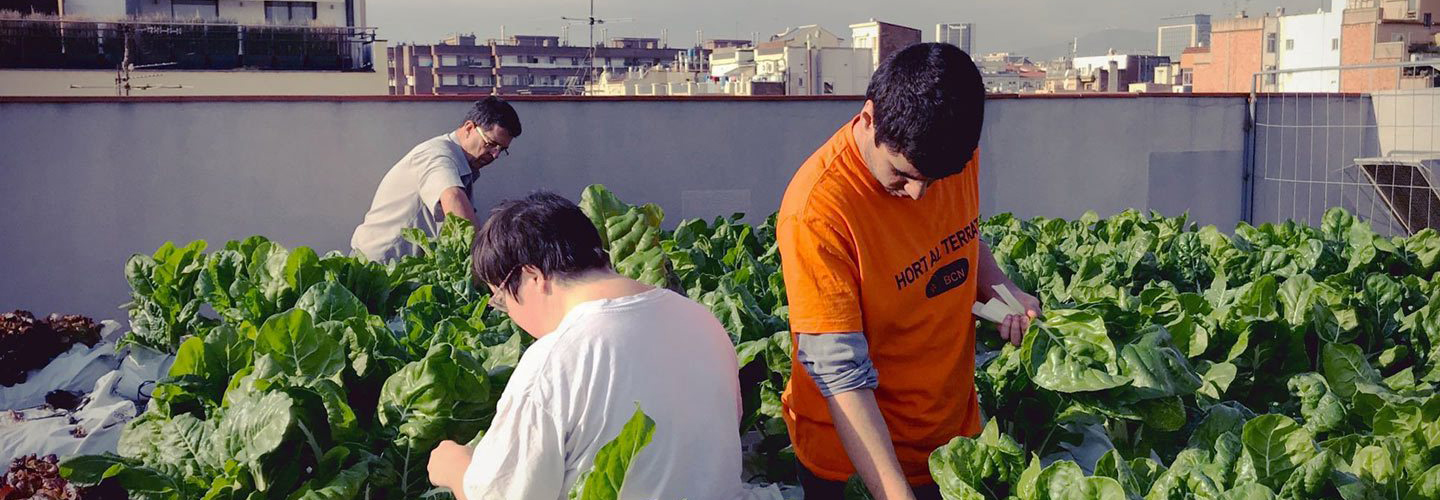
Read more
Investors

Cities all over the world are taking action to improve the air quality in metropolitan areas. And rightfully so: metropolitan populations are highly affected by air pollution. Some cities have gone the extra mile to fight for sustainable cities. From emission-free city centres, to reduced parking tariffs for EVs and even highways for bees. Let’s take a closer look at three of these cities in Europe: Oslo, Oxford and Barcelona.
Cities are taking the lead in sustainability goals – and with good reason. Air pollution is one of the major concerns for densely populated areas. According to the European Society of Cardiology (ESC) air pollution reduces the average life expectancy by 3 years. In comparison, research recently published by the same ESC shows that tobacco lowers the average life expectancy by 2.2 years.
Many European cities have come up with amazing initiatives to become more sustainable. For example, electrifying public transport, working with companies that allow (electric) car sharing, designating low emission zones and creating green areas in the city.
Fun fact: Oslo claims to be the electric vehicle capital of the world, because it has the highest number of EVs per capita. And it has a clear effect on the air quality. The UN Environment Report 2019 measured that the adaptation of electric vehicles in Oslo has led to a CO2 reduction of 35 percent since 2012.
For cities who want to follow the Oslo example it’s interesting to look at the various benefits the Norwegian capital has put in place for EV drivers. In Oslo they enjoy reduced taxes, access to bus and taxi lanes, free travel on toll roads and free municipal parking, just to mention a few. An interesting strategy that is delivering results!
Oslo doesn’t only focus on electric driving, they have a bunch of cool and sustainable initiatives. A guild of beekeepers came up with an idea to create so-called bee highways. Bees as pollinators play an essential part in different ecosystems. Their numbers have been declining, mostly due to industrial agriculture, monoculture and climate change. Simply put, bees need areas to rest and forage. Acres of monoculture don’t allow bees to find such places. The bee highway consists of strategically placed beehives, green roofs and parks so bees can find food and resting areas throughout the city. And it’s not just a hobby for beekeepers. City planning actually takes these bee highways into consideration. The bee highways of Oslo have inspired other cities to do the same, including the city of London.

Meanwhile Oxford aims to have Britain’s first Zero Emission Zone (ZEZ). One of the key points in this proposal is the introduction of payment for all ICE cars entering this zone between 7am and 7pm. Starting with an introductory £10 charge and rising to £20 by 2025. A step beyond the Ultra Low Emissions Zones that are already in place in other cities, such as London. Oxford also aims to be Britain’s first all electric bus city.
Sustainability in Oxford comes in many forms. They’ve managed to create a facility that aims to reduce food waste. You could see it as a huge stomach machine that ‘digests’ food waste and turns it into fertiliser and electricity. That is the short version.
For those who want to know more about how it works: after food waste is collected (from cooperating parties like caterers and restaurants and municipalities) it gets chopped up, mixed with waste liquid and pasteurised by the ‘stomach machine’. The pasteurized mass gets ‘digested’. This process can take a few months. Part of it turns into gas which can be burned to make electricity and part of it is mixed and used as fertiliser. Sounds crazy, but this way literally tonnes of otherwise wasted food is re-used.
Barcelona declared a climate emergency this January 2020. This was to initiate quicker decision-making concerning climate regulations, and to allow them to act as if they were in an emergency situation. They’ve installed a protected low emissions zone of over 95 square kilometres. The restriction is in place during office hours.
Besides making it difficult and more expensive for ICE cars to enter the city, Barcelona is also transforming roof tops into small garden areas. It’s not only intended to benefit the environment, but also aims to be a safe and social space for people with disabilities to come and learn about gardening and be in contact with other people.

These examples show that cities are leading the way to a greener future. We’re looking forward to innovation, technology and government incentives to come together to help create cleaner cities.
#KeepDrivingForward